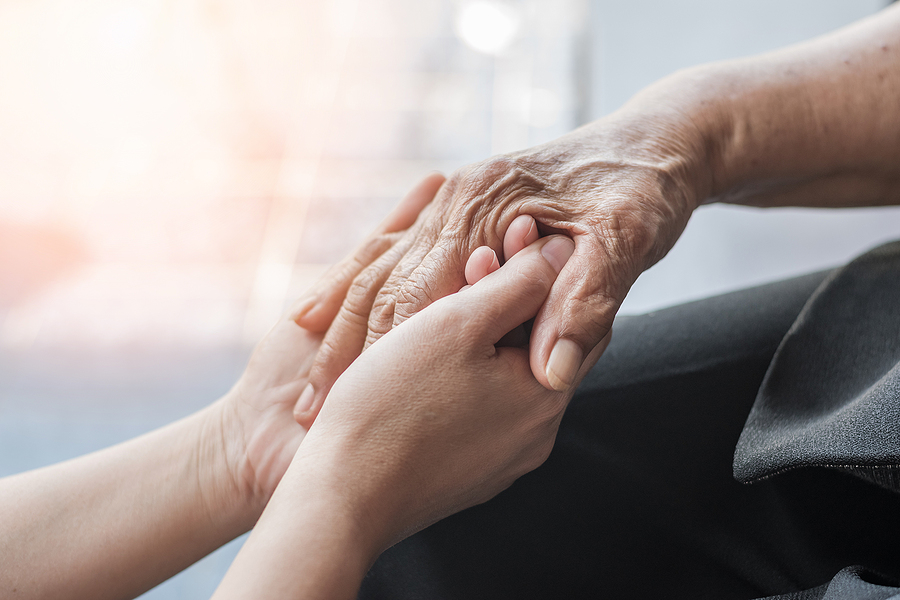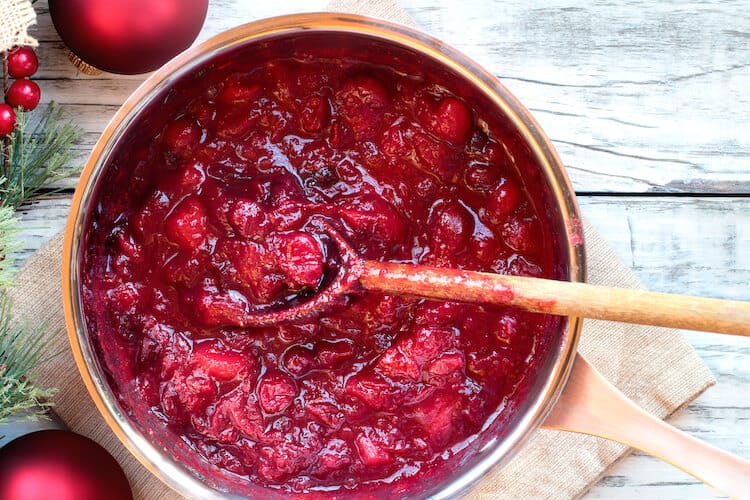Staying strong well into your senior years is achievable, with regular exercise and attention to diet.
Let’s look at why you need to prevent muscle mass loss, how you can reverse it, and how your diet and exercise play a part in keeping your muscles healthy so you can remain active and independent.
Keeping muscle mass: why it’s important
Natural aging brings lower bone density as well as less skeletal muscle. This can ultimately lead to a condition called sarcopenia. Maintaining muscle mass can help reduce frailty in later years and prevent or postpone the onset of this condition.
Can you reverse muscle mass loss?
Yes! While some muscle loss is natural with age, something as common as being on bed rest for a short time can rapidly increase the rate of muscle mass loss. The great news is that you can reverse these age-related losses that begin in your thirties with targeted nutrition and exercise.
Diet tips to build and retain muscle
Retaining muscle mass begins in the kitchen. Here are some essential nutrients you should be tracking.
- High-quality protein – Eating protein-rich foods will benefit your muscles by delivering necessary nutrients to help the body build and maintain muscle mass. Eggs, poultry, cheese, milk, beans and peanuts are some examples of nutritious high-quality protein foods.
- 30 grams of protein per meal – Aim for at least 30 grams at every meal to increase or maintain muscle mass. Combining different types of proteins in one meal or even snacking on a handful of nuts between meals can help seniors meet this ambitious but reachable goal.
- Carbohydrates – This delicious part of your diet is critical for seniors because it provides the energy to move the body. Without healthy carbs like fruits, veggies and whole grains, seniors may struggle to complete needed exercises that complement a muscle mass building plan.
- Omega-3s – These essential fatty acids can be found in salmon, eggs, walnuts and flaxseeds, as well as other foods. The body will use Omega 3s to fight inflammation, which can cause muscle loss. As a bonus, they contribute to good heart health, too.
- Vitamin D – All seniors should check with their doctors to make sure that their Vitamin D levels are on target. Appropriate levels of Vitamin D are linked to lower inflammation and the ability to build and regenerate muscle, both critical for seniors at risk for muscle mass loss.
Exercise tips to build and keep strong muscles
Newton’s law of motion that states “things in motion, stay in motion” is just as true for seniors as it was when he was working to uncover the secrets of the natural world.
Seniors who keep on moving will find that their muscle mass sticks around longer, too.
After consulting with a doctor, many seniors enjoy activities that strengthen their muscle mass because the benefit of being able to do more outside of the gym adds to everyday life enjoyment.
Resistance training can involve light weights or even exercise bands. Seniors can begin with the larger muscle groups like the legs and arms and should vary the types of movements and weights used to maximize the benefits. Having plenty of protein in the diet will make resistance training even more effective.
Aerobic exercises like walking, riding a bike or even swimming all help the heart. The body can regulate insulin better as a result of cardio, thus contributing to muscle repair and building. In addition, cardio exercise that gets the heart pumping increases blood flow, further helping muscles stay strong.
An added benefit of exercising is that it gives you the opportunity to engage with others. Monroe Village has the lifestyle you’ve been looking for. Find out more about our senior wellness program.



